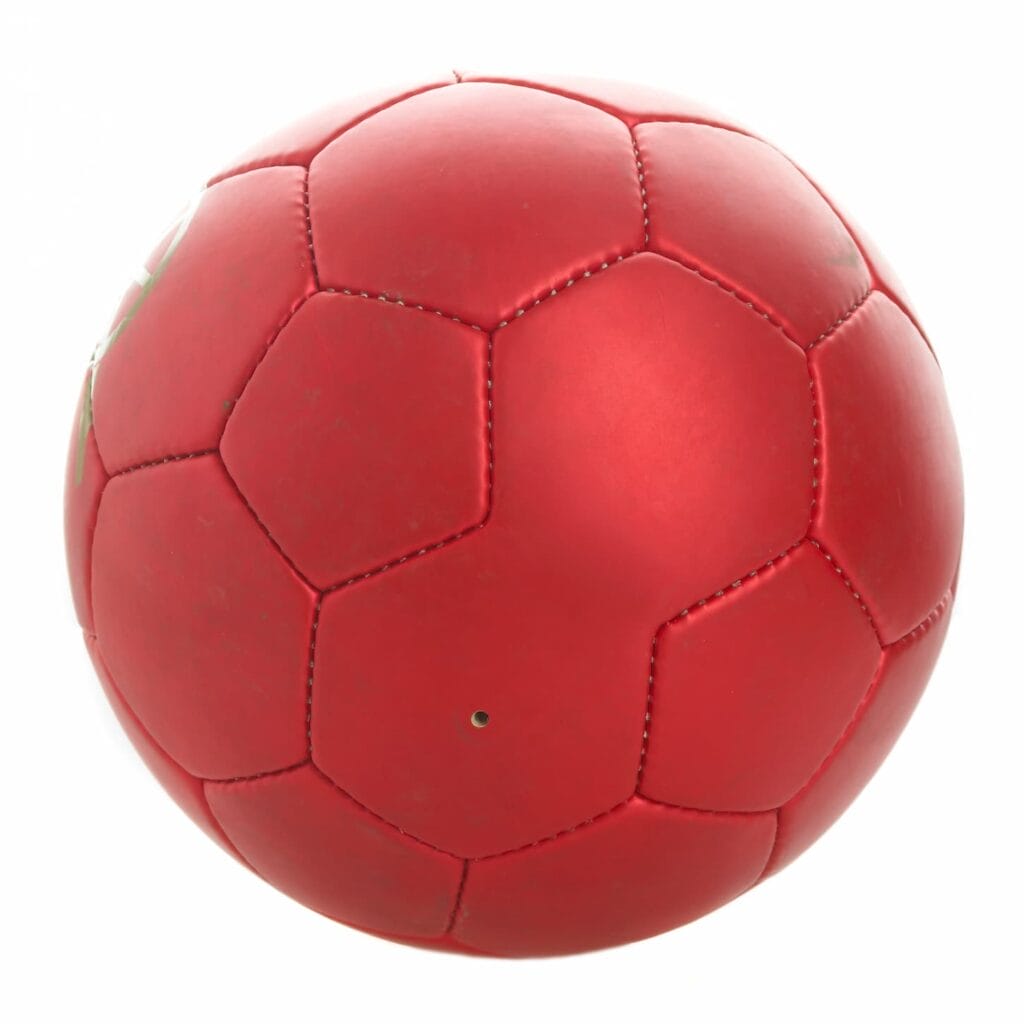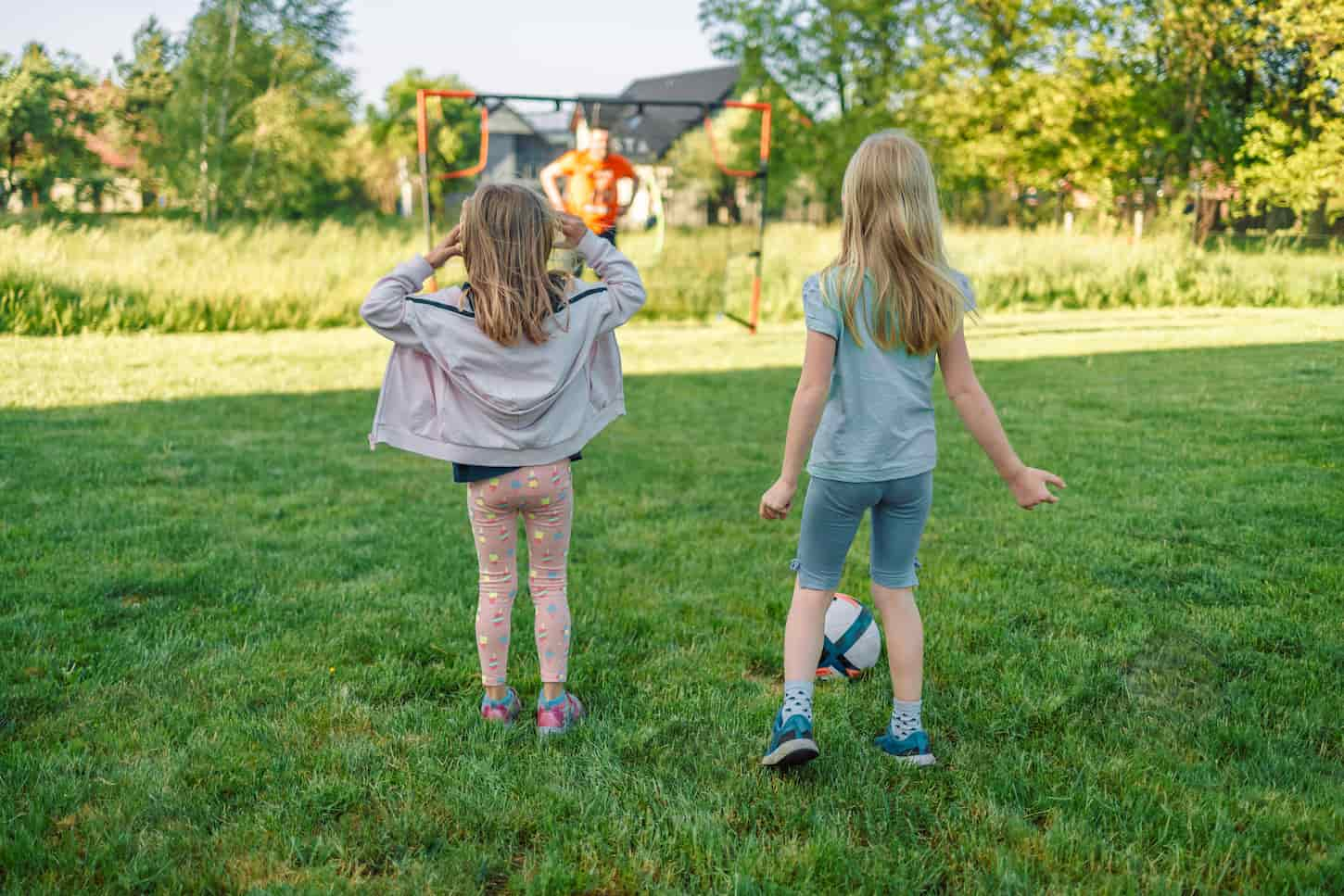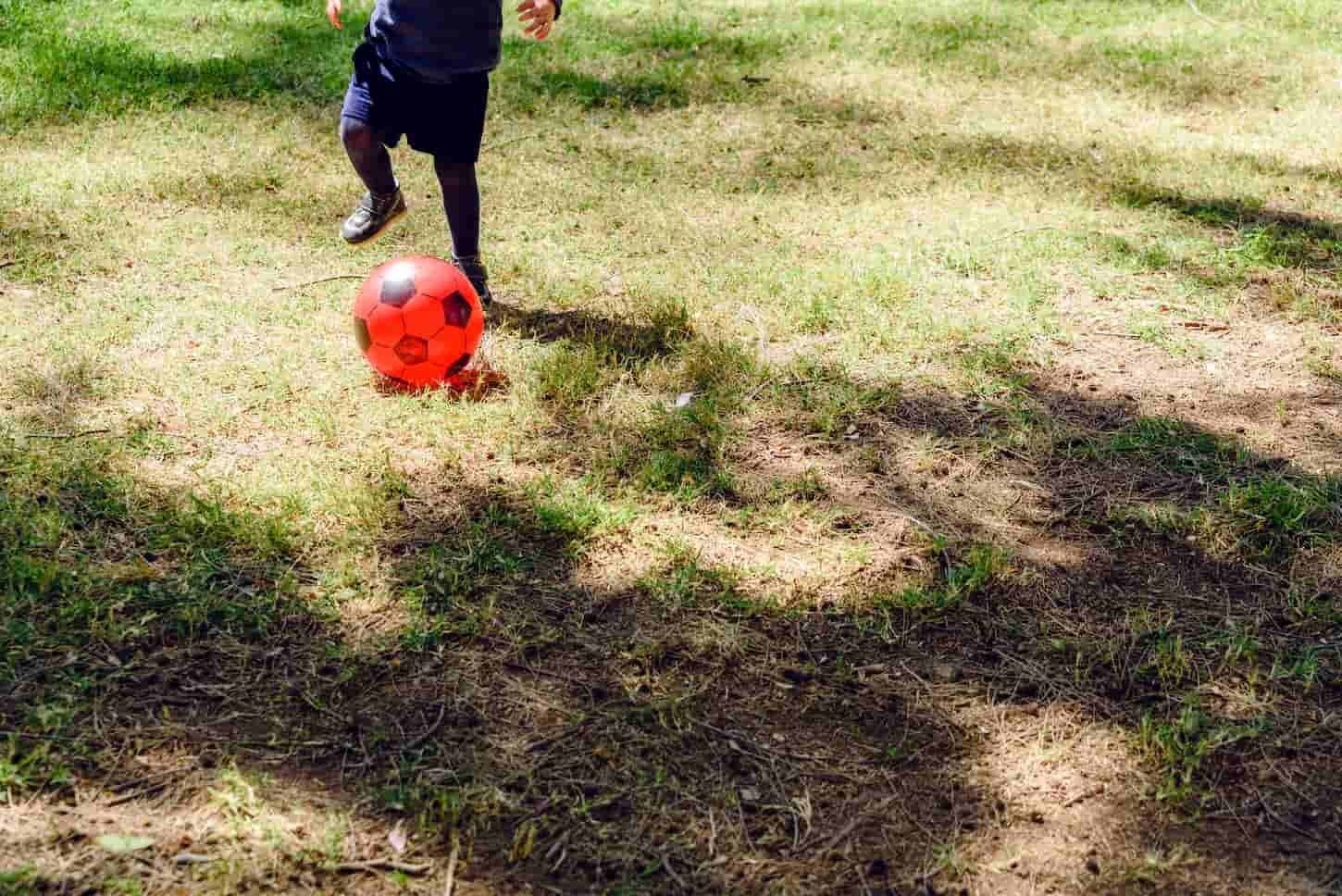Kickball is a children’s game very similar to baseball. It was started in the US nearly a century ago inspired by baseball, soccer, and softball. The main difference between kickball and baseball is that the ball is kicked and not hit with a bat and the simplified rules. The positions are the same, and one of them is the shortstop.
Shortstop is a defense role in kickball positioned between the 2nd and 3rd base. Most balls in kickball (and baseball) land around the shortstop position, so the shortstop position is an active and important one in playing defense.
The other positions in the team are— pitcher, catcher, 1st, 2nd, and 3rd baseman, center, right, and left fielder.
There is a difference between a shortstop in baseball and kickball because, after all, the game is adapted for kids of school age. In this article, we will be focusing on what a shortstop position does in kickball.

What Position Is Shortstop?
The shortstop is a defensive position between the 2nd and 3rd base. Being a shortstop requires playing smart and being very adaptive. The primary role of this position is to be ready to stop any ball that bounces in the outfield and to direct the ball to the closest base to stop the play.
The person assigned to this position knows how to use different defense techniques and aims well.
Statistically, most balls in baseball and kickball are landing around the shortstop position because there are more right-handed players. Often, this is the most active position on the field. Therefore, the player in the shortstop position should be very agile.
Shortstop is considered the most important player in the team, and it is usually given to the best one. To be the best player, you need to be a good team player. This is because they will have to communicate with the other players easily, give them directions and make them work like a well-oiled machine.
A baseball or softball shortstop needs a strong throwing arm. A kickball shortstop also needs to be able to move a ball fairly quickly, although throwing a kickball is different than throwing a baseball or softball.
Coaches are putting their trust in that defensive player, hoping that it will be capable of stopping the other team from scoring. A good shortstop can make a significant change in a game of kickball.
So, if you would like to play shortstop, you need to train your defense skills, be fast and have a decent aim. You need to be able to make decisions quickly and adapt your strategy in a matter of seconds.
Why Is It Called Shortstop?
Shortstop is presumed to come from the saying “stop them short.” The name of the position came, of course, from a similar position that exists in baseball and softball.
Looking back into the deep history of baseball, a print from a game between the Knickerbockers and the New York Nine shows that the infielders stood very close to their bases and the shortstop (Doc Adams) stood on the infield grass.
In the first years of the Knickerbockers, the people covering the bases were the infielders when only 8 people played the game. When players were more than 8, then other outfielders were also used.
Something to note is that the position was closer to home than nowadays. Back then, the baseballs were heavier, and the grass wasn’t so well-cut. This prevented balls from going too far away, so when they dropped on the ground and that might be the reason why the shortstop was situated closer to home.
So, an infielder that can catch short-ranged balls was needed, which is perhaps what led people to call, “stop them short.”

Doc Adams started playing in the position that we know call shortstop, but his role was a bit different. He was throwing the ball to the three infielders from the outfielders. The first to play the position as we know it today was Dickey Pearce from the Brooklyn Atlantics.
When kickball was invented (and especially implemented as part of kids’ sports education), the role was simplified. Some of the responsibilities were taken away since they couldn’t be applied to kickball, and others were made more understandable for kids.
How to Play Shortstop in Kickball
Shortstop plays defense between 2nd and 3rd bases. Shortstops oversee calling the play or deciding which base the ball is thrown toward to make plays. They also cover 2nd and 3rd bases when the basemen adjust to cover steals or pickoff attempts.
The player in this position should catch any balls between the 2nd and 3rd base. Where precisely you will be positioned depends on how good your aim is and how strong your kick is. If the player stops a ball, they need to throw to the baseman where a lead runner is heading for an out.
In most situations, this means a shortstop will need to throw the kickball to 1st or 2nd base. However, in situations where there are runners on 1st and 2nd bases, then a shortstop will prioritize throwing the ball to third base to get the lead runner out.
If the kids playing kickball are super athletic or older, then they may even be able to turn a double play, where they get two (or more) runners out by throwing the kickball rapidly between bases. In this case, defenders start by throwing the ball at the base where the lead runner is heading and working their way back toward first base.
Double plays are a lot harder in kickball than they are in baseball or softball, though. This is especially true for younger or more inexperienced players.
Another aspect is that the shortstop should be ready to jump and cover 2nd base if the ball hits on the right side of the field. Also, this will happen when the second baseman covers steal attempts or pickoff attempts and are not right at their base.
The position is very active and diverse because many of the balls will land on your side of the field. Therefore, it makes it very fun for many kids and challenging. The situations you might encounter are various, and quick thinking and logical skills play a significant role in how successful you are as a shortstop.
Some tips that could help you become a better shortstop:
- You need to predict the next action of the opposite player — see where they are aiming and try to intervene.
- You should know how to protect yourself from injuries — because the balls that reach the shortstop are usually very strong, and you need to know how to react.
- You should constantly communicate with your teammates— playing closely with all other positions requires to have an easy way to sign them and coordinate with each other.
- You should train your speed, aim, and agility — the role is very active, and you should keep the pace till the end of the game.
This description makes it seem easier than it is. Playing shortstop is a very hard, active position. It’s also very rewarding to be such an involved team player and leader in making a big impact on how the game goes.

Next Steps
Shortstop is a position in baseball and kickball given to very talented players who are a crucial part of the team. This potion can teach a kid playing kickball a lot about responsibility, quick thinking, and being a team player and leader. Learning to play this position and becoming good in it can help the child learn to play baseball or any other team sport.
Ready to learn more about kickball so you can play shortstop well?
- Make sure you get the right size kickball: What Size Kickball Should You Get And Use?
- Then read this article we wrote next on the rules of kickball: Kickball Guide: How to Play, Rules, and FAQs.
Then, get out there and enjoy some kickball with your family and friends.
Resources
Learning from your own experiences is important, but learning from others is also smart. These are the sources used in this article and our research to be more informed as a family of sports nuts wannabes.
- “Shortstop.” Wikipedia, 20 Sept. 2021, en.wikipedia.org/wiki/Shortstop.
